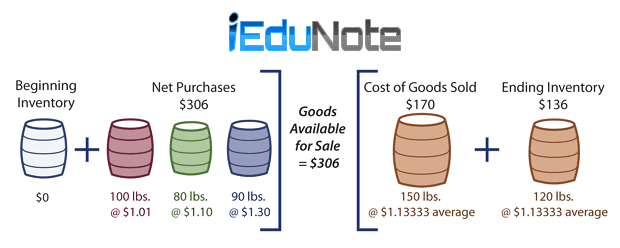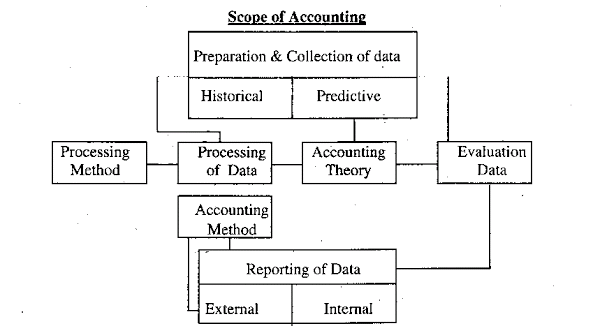Many business concerns take a physical inventory count on the end day of the accounting year.
The business concern using a periodic inventory system must make such a count to determine the quantity of inventory on hand at the balance sheet date and to compute the cost of goods sold.
Even business concern using a perpetual inventory system must take a physical inventory at the end of the accounting year.
Inventory quantities can be determined following the under noted two steps:
- Taking a physical inventory of goods on hand, and
- Determining the ownership of goods.
Taking a physical inventory
At least at the year-end physical inventory is done. Physical inventory mainly involves counting, weighing or measuring each kind of inventory on hand.
In many business concerns inventory taking is an important task. Retailers such as Royal Stationery have thousands of different items of inventory.
An inventory counting generally becomes more accurate if goods are neither sold nor received during the period of inventory counting.
So, business concerns often ‘take inventory’ beyond the business hour or when business is slow.
- To keep errors minimum in taking the inventory, a business concern should apply internal control principles and practices that safeguard inventory.
- The inventory counting should be done by employees who are not concerned with responsibility for the inventory.
- Each employee assigned with counting should establish the authenticity of each inventory item.
- Second counting should be done by another employee.
- Pre-numbered inventory tags should be used. All inventory tags should be accounted for.
- Lastly, the designated supervisor should check that all inventory items have been tagged and that no items contain more than one tag.
After the physical inventory is over, the quantity of each item of inventory is recorded in the inventory summary sheets. To ensure accuracy, the listing/recording should be checked by another employee.
Determining ownership of goods
Before starting the calculation of the cost of inventory, we need to consider the ownership of goods.
Specifically, we need to be sure that we have not included in the inventory any goods that do not belong to the business organization.
Goods in transit
Goods are considered in transit when they are on the shipment (such as a railroad, trucking, or airline company) at the statement date.
Goods in transit should be included in the inventory of the party that has legal title to the goods.
Legal title is determined by the terms of sale, as described below:
Ownership of the goods passes to the buyer when the public carrier accepts the goods from the seller.
FOB destination
Legal title to the goods remains with the seller until the goods reach the buyer.

